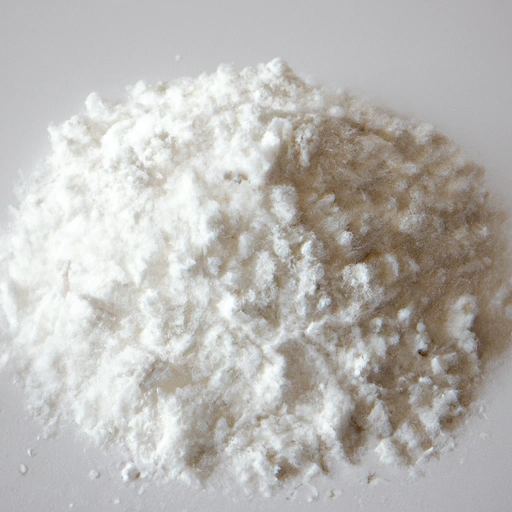Tapioca Starch
Description

Tapioca starch, also known as tapioca flour, is a fine, white powder extracted from the roots of the cassava plant. It is a popular gluten-free alternative to wheat flour and is known for its neutral flavor and excellent thickening properties. Tapioca starch is widely used in cooking and baking, acting as a binding agent in various recipes. It's particularly prized for its ability to create a chewy texture and glossy finish, making it a favorite ingredient in both savory and sweet dishes around the world.
Common uses
Tapioca starch is commonly used as a thickening agent in soups, sauces, and gravies. It is also widely used in the making of bread, cakes, and other baked goods, especially within gluten-free and allergy-friendly recipes. Additionally, tapioca starch is often used to create chewy textures, such as in puddings and boba for bubble tea, and as a crispy coating for fried foods.
Nutritional value
Calories
A 1/4 cup (about 30 grams) serving of tapioca starch contains approximately 100 calories.
Protein
Tapioca starch is not a significant source of protein, with less than 1 gram per serving.
Fat
This ingredient contains virtually no fat, making it a low-fat addition to recipes.
Carbohydrates
Tapioca starch is almost pure carbohydrates, with about 26 grams per 1/4 cup serving.
Vitamins
Tapioca starch contains minimal amounts of vitamins.
Minerals
It is also low in minerals, but may contain small amounts of iron and calcium.
Health benefits
While tapioca starch is not nutrient-dense, its gluten-free nature makes it a suitable option for individuals with celiac disease or gluten sensitivities. Additionally, it is easy to digest and can be a source of quick energy due to its high carbohydrate content.
Potential risks
As a refined carbohydrate, overconsumption of tapioca starch can contribute to weight gain and may affect blood sugar levels. It lacks significant nutritional benefits when compared to whole grain or nutrient-rich flours. Those with a balanced diet should consume it in moderation.
Common recipes
Recipes that commonly use tapioca starch include gluten-free breads, cakes, and pastries, as well as thickening agents for pies, stews, and sauces.
Cooking methods
When using tapioca starch as a thickener, it is typically mixed with a cold liquid before being added to hot dishes to prevent clumping. It can also be used as a flour substitute in baking when combined with other gluten-free flours.
Pairing with other ingredients
Tapioca starch pairs well with dairy products, fruit fillings, and meaty sauces, enhancing the texture without altering the flavor. It's also great for creating a crispy crust on fried foods.
Summary
Tapioca starch is a versatile, gluten-free ingredient that serves as a thickener and texture enhancer in a variety of dishes. Despite being low in nutrients, it is a valuable ingredient for those with dietary restrictions. It should be used in moderation within a balanced diet. Tapioca starch is adaptable to different measurement systems, making it accessible to cooks and bakers around the world, whether they use metric (grams, milliliters), American (cups, tablespoons, teaspoons), or European (grams, liters) units in their food recipes.